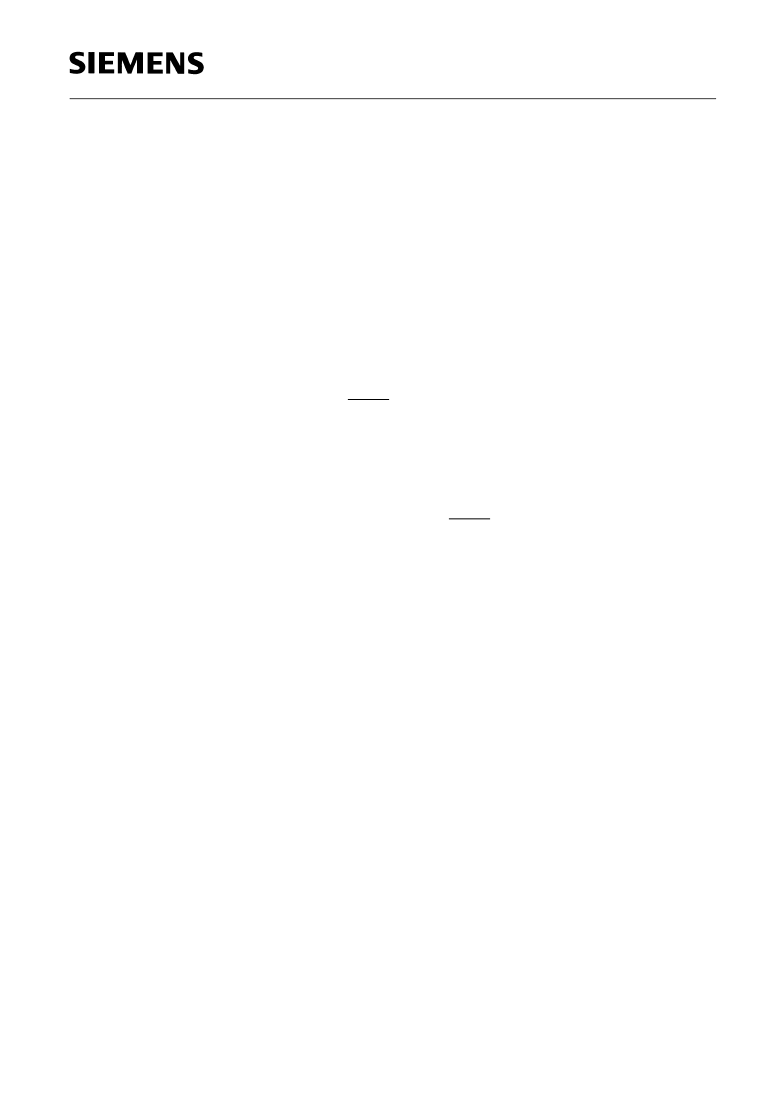- 您現在的位置:買賣IC網 > PDF目錄361239 > Q67127-C2036SAB-C161R1-L16M IC-SM-16 BIT CPU PDF資料下載
參數資料
| 型號: | Q67127-C2036SAB-C161R1-L16M |
| 英文描述: | IC-SM-16 BIT CPU |
| 中文描述: | 集成電路的Sm - 16位CPU |
| 文件頁數: | 73/121頁 |
| 文件大小: | 1000K |
| 代理商: | Q67127-C2036SAB-C161R1-L16M |
第1頁第2頁第3頁第4頁第5頁第6頁第7頁第8頁第9頁第10頁第11頁第12頁第13頁第14頁第15頁第16頁第17頁第18頁第19頁第20頁第21頁第22頁第23頁第24頁第25頁第26頁第27頁第28頁第29頁第30頁第31頁第32頁第33頁第34頁第35頁第36頁第37頁第38頁第39頁第40頁第41頁第42頁第43頁第44頁第45頁第46頁第47頁第48頁第49頁第50頁第51頁第52頁第53頁第54頁第55頁第56頁第57頁第58頁第59頁第60頁第61頁第62頁第63頁第64頁第65頁第66頁第67頁第68頁第69頁第70頁第71頁第72頁當前第73頁第74頁第75頁第76頁第77頁第78頁第79頁第80頁第81頁第82頁第83頁第84頁第85頁第86頁第87頁第88頁第89頁第90頁第91頁第92頁第93頁第94頁第95頁第96頁第97頁第98頁第99頁第100頁第101頁第102頁第103頁第104頁第105頁第106頁第107頁第108頁第109頁第110頁第111頁第112頁第113頁第114頁第115頁第116頁第117頁第118頁第119頁第120頁第121頁

Semiconductor Group
6-39
On-Chip Peripheral Components
C501
6.3.5 Details about Mode 1
Ten bits are transmitted (through TxD), or received (through RxD): a start bit (0), 8 data bits (LSB
first), and a stop bit (1). On receive, the stop bit goes into RB8 in SCON. The baud rate is
determined either by the timer 1 overflow rate, or the timer 2 overflow rate, or both (one for transmit
and the other for receive).
Figure 6-21
shows a simplified functional diagram of the serial port in mode 1. The assiociated
timings for transmit receive are illustrated in
figure 6-22
.
Transmission is initiated by an instruction that uses SBUF as a destination register. The “Write to
SBUF” signal also loads a 1 into the 9th bit position of the transmit shift register and flags the TX
control unit that a transmission is requested. Transmission starts at the next rollover in the divide-
by-16 counter. (Thus, the bit times are synchronized to the divide-by-16 counter, not to the “Write
to SBUF” signal).
The transmission begins with activation of SEND, which puts the start bit at TxD. One bit time later,
DATA is activated, which enables the output bit of the transmit shift register to TxD. The first shift
pulse occurs one bit time after that.
As data bits shift out to the right, zeroes are clocked in from the left. When the MSB of the data byte
is at the output position of the shift register, then the 1 that was initially loaded into the 9th position
is just to the left of the MSB, and all positions to the left of that contain zeroes. This condition flags
the TX control unit to do one last shift and then deactivate SEND and set TI. This occurs at the 10th
divide-by-16 rollover after “Write to SBUF”.
Reception is initiated by a detected 1-to-0 transition at RxD. For this purpose RxD is sampled at a
rate of 16 times whatever baud rate has been established. When a transition is detected, the divide-
by-16 counter is immediately reset, and 1FFH is written into the input shift register, and reception
of the rest of the frame will proceed.
The 16 states of the counter divide each bit time into 16ths. At the 7th, 8th and 9th counter states
of each bit time, the bit detector samples the value of RxD. The value accepted is the value that was
seen in at latest 2 of the 3 samples. This is done for the noise rejection. If the value accepted during
the first bit time is not 0, the receive circuits are reset and the unit goes back to looking for another
1-to-0 transition. This is to provide rejection or false start bits. If the start bit proves valid, it is shifted
into the input shift register, and reception of the rest of the frame will proceed.
As data bits come in from the right, 1s shift out to the left. When the start bit arrives at the leftmost
position in the shift register, (which in mode 1 is a 9-bit register), it flags the RX control block to do
one last shift, load SBUF and RB8, and set RI. The signal to load SBUF and RB8, and to set RI, will
be generated if, and only if, the following conditions are met at the time the final shift pulse is
generated.
1) RI = 0,
2) Either SM2 = 0, or the received stop bit = 1
and
If either of these two condtions is not met, the received frame is irretrievably lost. If both conditions
are met, the stop bit goes into RB8, the 8 data bit goes into SBUF, and RI is activated. At this time,
whether the above conditions are met or not, the unit goes back to looking for a 1-to-0 transition in
RxD.
相關PDF資料 |
PDF描述 |
|---|---|
| Q67120-C2200 | 16-Bit Single-Chip Microcontroller Bare Die Delivery |
| Q67120-C1054 | High Speed CMOS Logic Triple 3-Input NOR Gates 14-SOIC -55 to 125 |
| Q67120-C1056 | High Speed CMOS Logic Triple 3-Input NOR Gates 14-SOIC -55 to 125 |
| Q67120-C2002 | High Speed CMOS Logic Octal D-Type Flip-Flops with Reset 20-SOIC -55 to 125 |
| Q67120-C2003 | 8-Bit CMOS Microcontroller |
相關代理商/技術參數 |
參數描述 |
|---|---|
| Q67127-C2056 | 制造商:INFINEON 制造商全稱:Infineon Technologies AG 功能描述:8-Bit CMOS Microcontroller |
| Q67127-C2057 | 制造商:INFINEON 制造商全稱:Infineon Technologies AG 功能描述:8-Bit CMOS Microcontroller |
| Q67127-C2058 | 制造商:INFINEON 制造商全稱:Infineon Technologies AG 功能描述:8-Bit CMOS Microcontroller |
| Q67127-C2060 | 制造商:INFINEON 制造商全稱:Infineon Technologies AG 功能描述:8-Bit CMOS Microcontroller |
| Q67127-C2061 | 制造商:INFINEON 制造商全稱:Infineon Technologies AG 功能描述:8-Bit CMOS Microcontroller |
發(fā)布緊急采購,3分鐘左右您將得到回復。